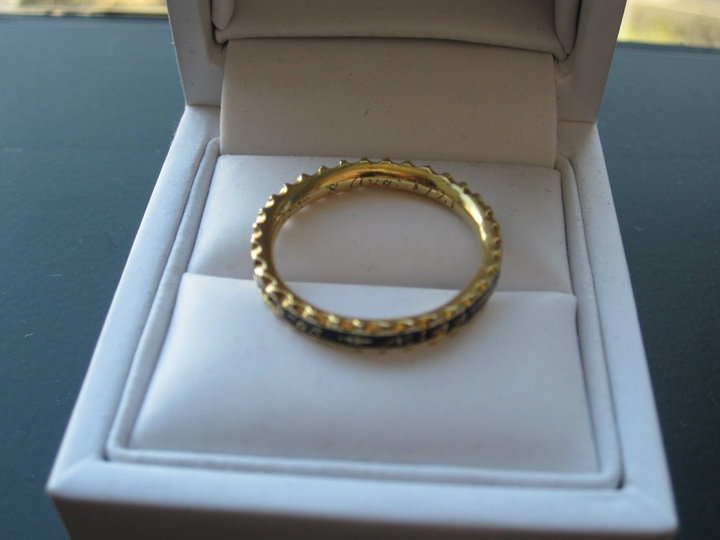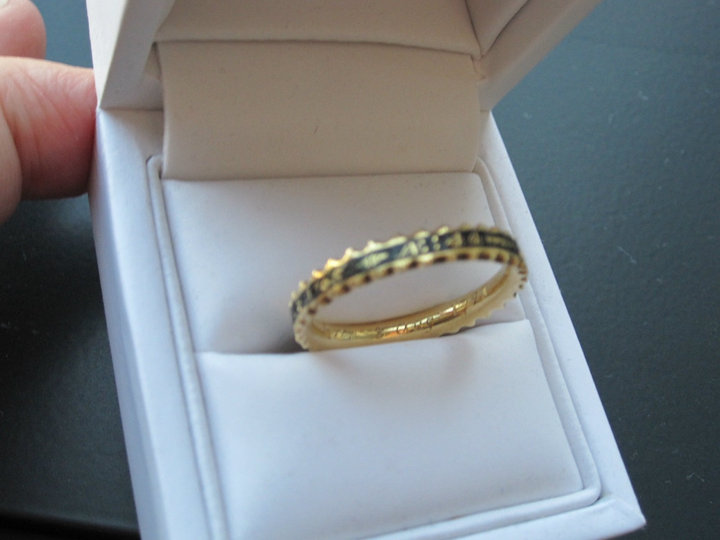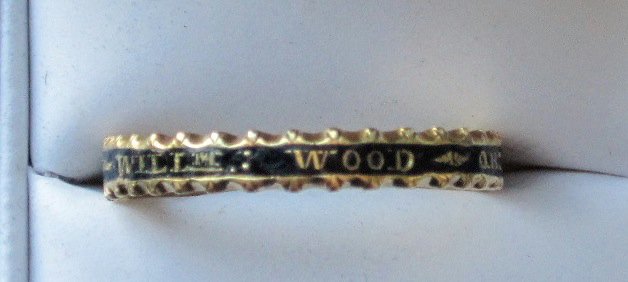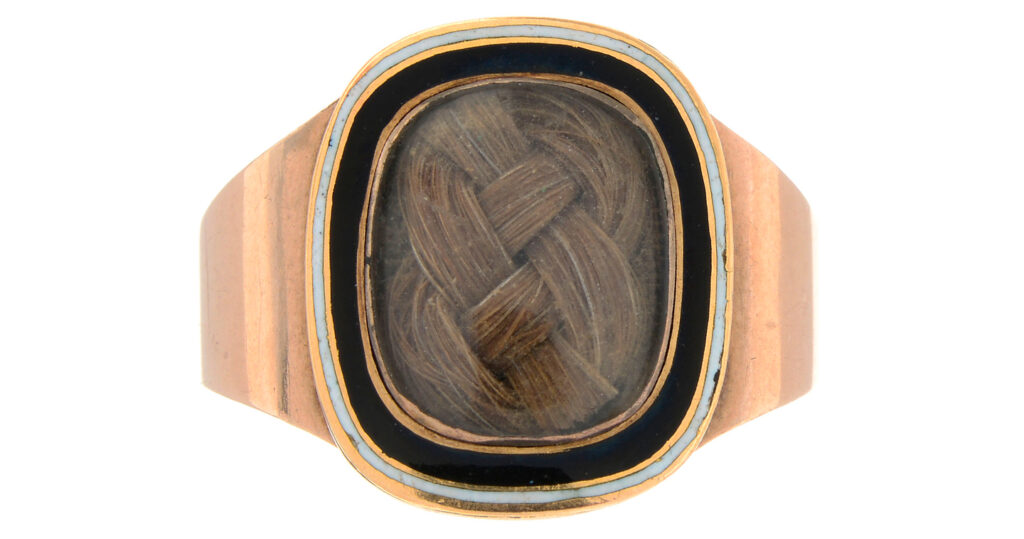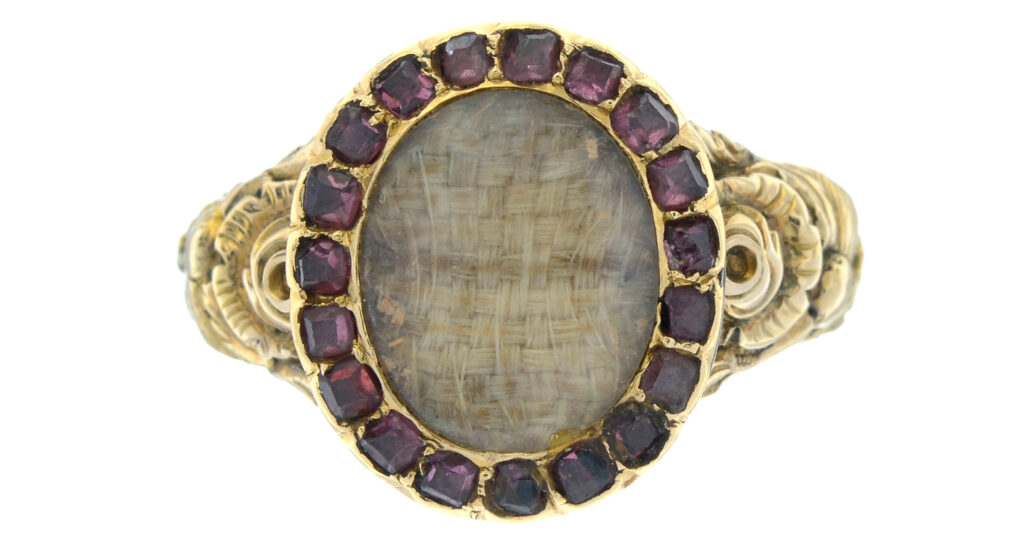The Mid 18th Century as Viewed From the Perspective of a Ring
Let’s go back to 1765 for a little while. The Stamp Act was passed from Great Britain to the American colonies, the Isle of Man becomes the property of Britain, the first ‘restaurant’ was opened in Paris and industry was developing steam power. The Seven Years War had just ended and Britain was expanding at an incredible rate. The world was certainly becoming a smaller place to live and many of the modern social and cultural tenants that we take for granted today originate to this time. Indeed, it’s remarkable how society fundamentally doesn’t change through its fundamental nature, but simply the things around us morph and change with the advancement of time and technology. So important was this time that culturally, if things didn’t go according to plan, I wouldn’t be sitting here in Australia writing this article and you may certainly have different borders and hierarchies to follow.
I think it’s very important to take in a lot of the cultural history before we launch into looking at this wonderful little band. Dedicated to William Wood, who passed on the 29th of September, 1765 at age 44 and born on the 8th of August 1721, William would have been privy to much social and cultural change in his time. And that in itself tells us much about the nature of this ring itself. On the face of it, this band seems quite typical, but it’s on the cusp of another very important social change.
The Rococo Period that was all pervasive in mainstream jewellery, with its opulent flourishes and twists to the band was being taken over by straighter lines and edges. This style took from around 1740-1780 to disappear completely, as styles often do. As a side note, it’s dangerous to think that one decade, year or cultural change equals a completely fundamental change in style. Unless there’s a catastrophic event that decimates a culture, then styles continue, people age and carry through much of the styles with them. Look at the Jet industry, that didn’t die off in proper use until about 1958, a good 60 years after the mourning industry was in mourning for itself.
Back to the ring and as we can see, there’s the familiar interior curve to the band itself. This is important to note as we can date this quite easily to the mid 18th century just from that fact alone. Then there is the aforementioned straight lines with the enamel inlay. As a style, enamel inlay was becoming increasingly popular, as it was simple to manufacture and also to personalise. To have a ring commissioned with the name inside would be specified in the will and several copies would be produced, it was part of the monetary allocation specified post-mortem along with the funeral itself. Hence it isn’t very difficult to find multiples of the same rings (often surviving in the same families) even today.
One of the more interesting facets of this ring are the absolutely amazing rises in the gold-world to the edge. That is one of the most individual characteristics of this particular ring. Often, the band is straight or blessed with Rococo twists, but this appears to be more of a crown in depiction. Combined with the roll of the interior, it is a very elegant and unusual design, particularly when the Neoclassical style was becoming all-pervasive.
Note also the use of the font and how ubiquitous this is throughout other rings of the period. It wasn’t uncommon to find combinations of this style with the enamelled band and name inlay plus the navette or oval shape of the 1770s and 80s, though they are somewhat harder to find. Note that this ring has the interior engraving, which isn’t completely common with these bands, but they can often be different if you have two pieces matching on the exterior dedication for a person, with the personal sentiment inside being commissioned by the wearer.
Bands of this kind are special and provided a populace with increasing social mobility to budget and display their grief regardless of social status. They have their history to thank from as early as 1500 and then with posy rings as an influence (with concurrent mourning rings) and continued to develop right into the 20th century. I’ll be showing more examples as time goes on!
Courtesy: Marielle Soni
Dedication: (exterior) WILLM WOOD OB 29 SEP 1765 AE 44 (interior) Born 8 aug 1721




